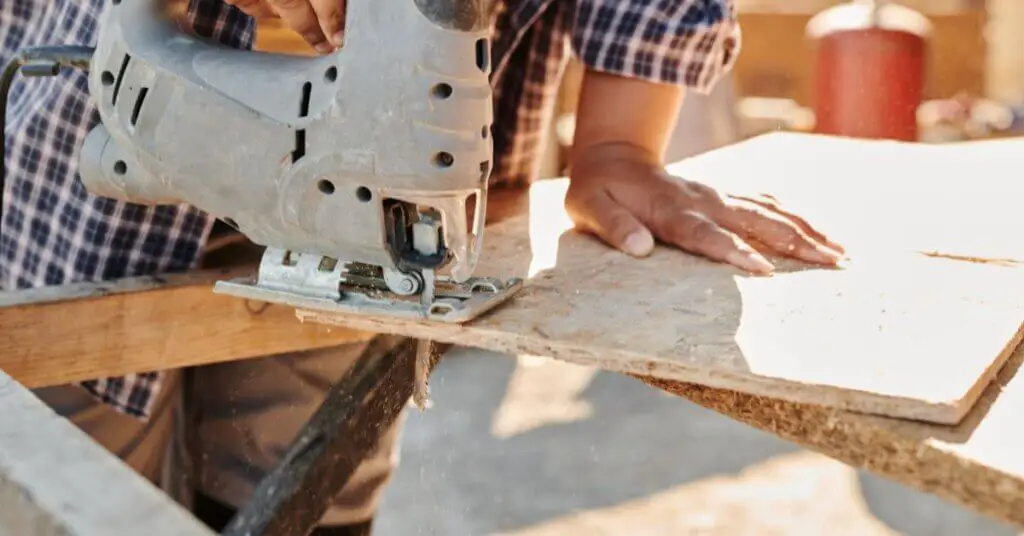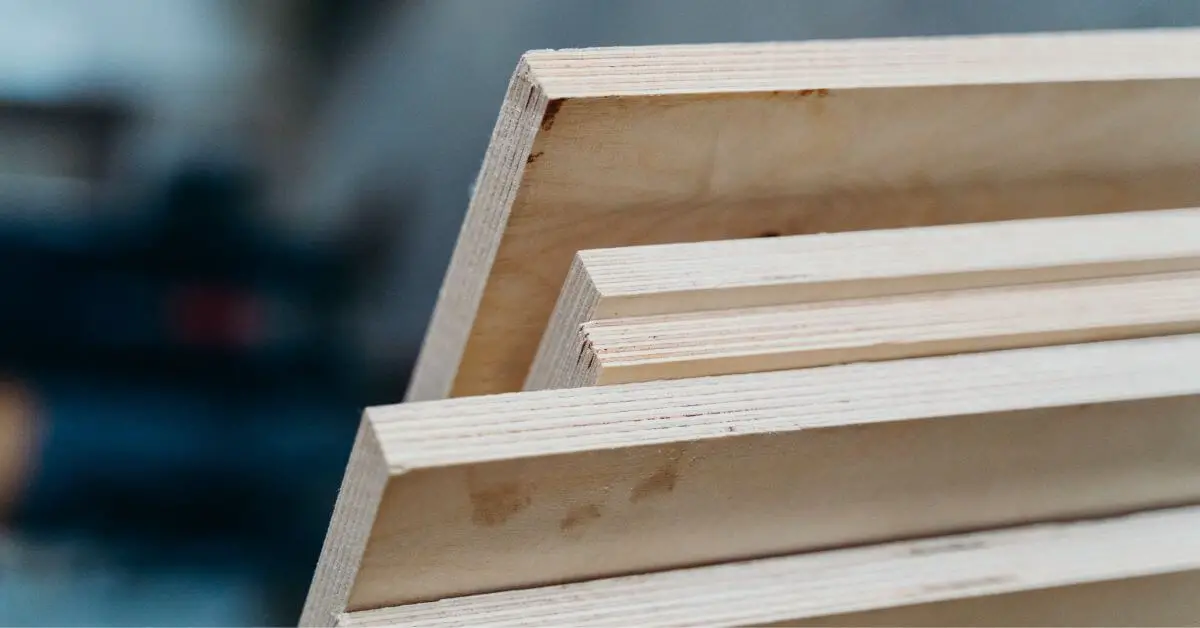RTD Plywood stands for “Resistance Temperature Detector”. It is an engineered wood product primarily designed for walls and roof sheathing. RTD plywood is extremely water resistant and can withstand prolonged exposure to moisture or extreme weather.
The name of RTD (Resistance Temperature Detector) plywood is strange. After all, what could be the meaning of Temperature detector in the name of plywood? Let’s understand it. RTD plywood that has been manufactured using a Resistance Temperature Detector. A device/detector that measures the change in the temperature resistance of a plywood layer while manufacturing. The temperature reading helps manufacture high-quality plywood and ensures the manufacturer that the veneers are firmly glued together.
Many people believe RTD plywood is an upgraded version of CDX plywood because RTD plywood is more rigid, durable and stable than CDX plywood.
Let us know more about this amazing and next-generation engineered plywood.
How is RTD Plywood Made?
RTD plywood is made by gluing multiple thin layers of hardwood veneer like other standard plywood, but with a advanced manufacturing process. Walnut, birch, maple or oak are commonly used for RTD plywood.
All the layers of plywood are glued with high-quality, water-resistant glue, and the entire structure is put through high pressure and heat to ensure proper bonding between all the layers.
RTD Plywood Uses

RTD plywood is mainly used for walls and roof sheathing, which withstand constant outdoor weather and strong wind. In such a situation, only a strong and stable plywood can survive. RTD plywood can be used in very moist conditions and high-humidity environments.
RTD Plywood For Flooring?
Yes, RTD plywood can withstand extreme moisture, so it can be an excellent choice for flooring or subflooring. But remember, RTD plywood is durable but less durable than solid wood.
RTD Plywood For Boat Floor?
By the way, only marine-grade plywood is suitable for boat floors. RTD Plywood is not recommended for marine applications.
RTD Plywood For Outside
The RTD Sheathing is a great plywood for roofs and other exterior applications. It can withstand damp conditions and high-humidity environments for a long time. It performs better outdoors than CDX or other plywood.
Pros of Using RTD Plywood
Extreme Durability
RTD plywood is durable, has high stability, and can last longer than regular plywood. The cross-grain structure of RTD plywood strengthens the plywood because individual veneer layers are placed perpendicular to each other and bonded with glue under high pressure. Even if the grain of the first veneer breaks or cracks, the second layer stabilizes the entire structure of the plywood.
Excellent Moisture Resistant
High-quality adhesives and veneers ensure that the plywood does not absorb moisture or water, which makes it suitable for prolonged exposure to moisture.
Stability
RTD plywood has long-term stability, which means it maintains its shape and dimensions subject to changes in environmental conditions such as humidity and temperature.
Versatile
RTD is versatile plywood, providing excellent performance in various applications.
Cons of Using RTD Plywood
Costly
RTD is more expensive than CDX or ordinary plywood. Well, the price of RTD plywood depends on its grade.
Not Waterproof
RTD plywood is not completely waterproof and only has good moisture resistance. Constant exposure to moisture can affect it in a decade.
Required Maintenance
Any grade of plywood needs regular maintenance, especially for outdoors, such as siding or roof sheathing.
Unfinished Appearance
The surface of RTD Plywood is unfinished, so we cannot use it for those applications where the surface is visible. It should be covered with other finished materials if you are using it for any such applications.
What is the Difference Between RTD Plywood and Plywood?
The main difference between RTD plywood and standard plywood is that this RTD plywood is designed to withstand constant moisture and weather changes. While standard plywood is designed for indoor use, it can swell or lose shape when exposed to moisture.
The water-resistant adhesive is used for RTD plywood, while Melamine glue is used for standard plywood, which can not last long under moisture.
Is RTD Plywood Waterproof?
No, RTD plywood is not completely waterproof. After all, it is made of thin veneer. Anything made of wood cannot be 100% waterproof, but RTD plywood is a great water resistant material.
RTD plywood is known for its high level of water resistance. It is designed to withstand exposure to moisture and humidity.
What is RTD Plywood Sheathing?
RTD plywood sheathing is a permanent structure for roofs and other outdoor applications. The main reason for choosing RTD plywood sheathing is that it is strong and inexpensive.

